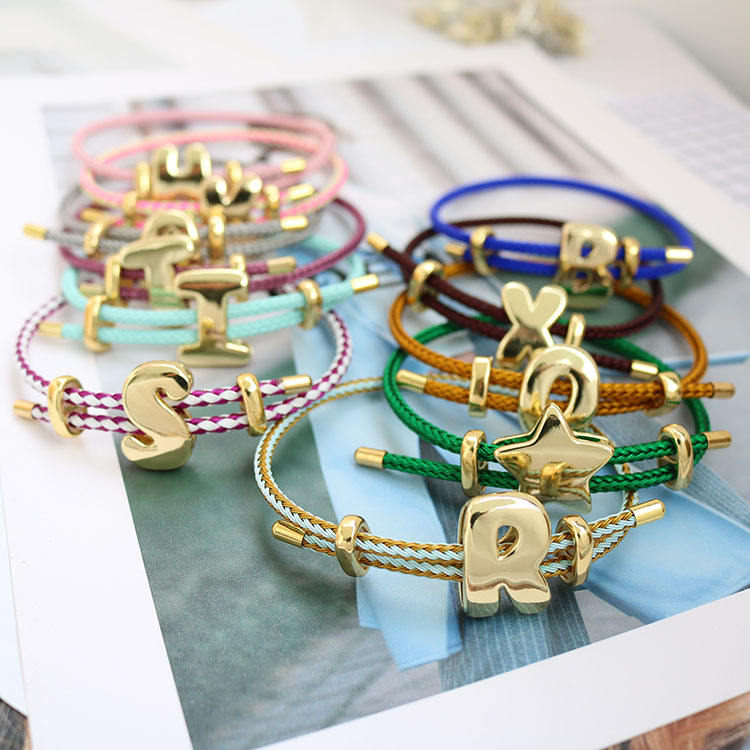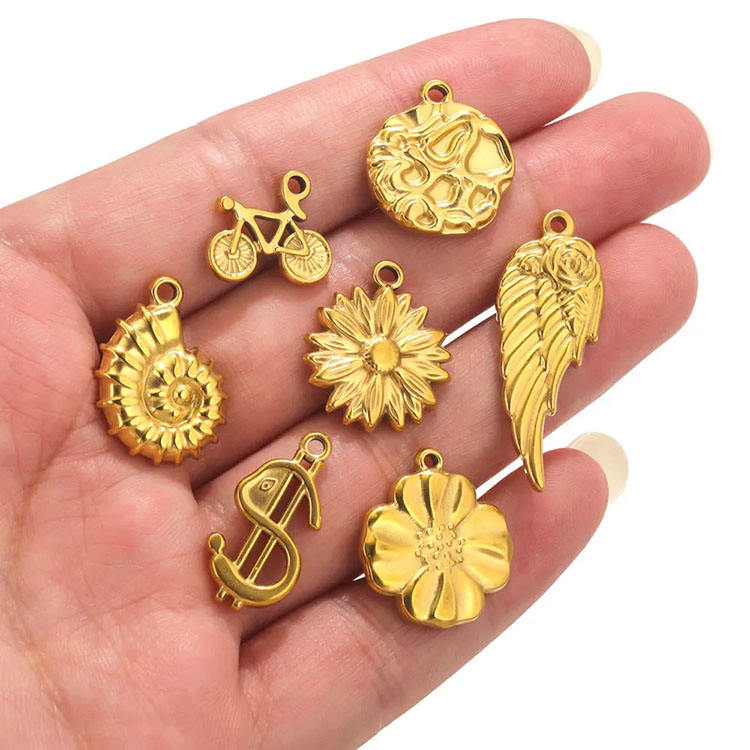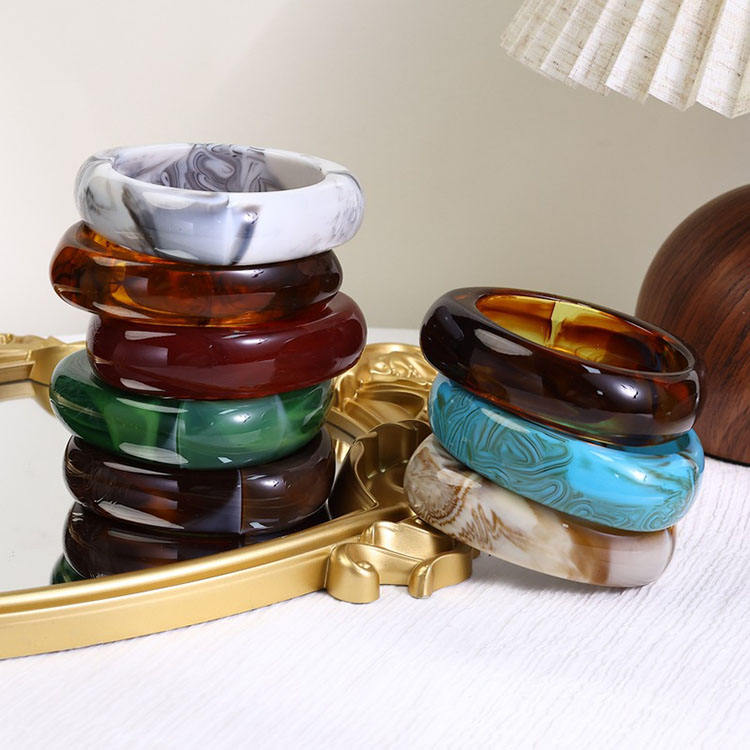If you own amethyst jewelry or decorative pieces, you might be concerned about how sunlight affects their vibrant color. The reality is that prolonged exposure to sunlight can indeed cause certain natural stones, including amethyst, to gradually lose their brilliance. Understanding why this happens and how to prevent it will help you preserve your gemstones' beauty.
1. How Sunlight Impacts Amethyst
Amethyst, a variety of quartz, obtains its distinctive purple color from trace amounts of iron and natural irradiation processes deep within the earth. When exposed to ultraviolet (UV) radiation from sunlight or artificial sources, the molecular structure responsible for its color can break down. This process, known as photobleaching, results in fading or color shifts—often turning amethyst pale or yellowish over time.
2. Which Gemstones Are Most Vulnerable?
While all gemstones require care, some are particularly sensitive to light:
Amethyst: Prone to fading in direct sunlight
Rose Quartz: May lose its soft pink hue
Celestite: Known to fade relatively quickly
Aquamarine and Topaz: Can lighten with extended exposure
Stones like diamonds, sapphires, and rubies are generally more stable but still benefit from proper care.
The rate at which a stone fades depends on several variables:
UV Intensity: Strong, direct sunlight accelerates fading
Exposure Duration: Cumulative exposure matters more than occasional contact
Stone Quality: Naturally deeper-colored stones may resist fading longer
Setting and Placement: Jewelry stones in open settings fade faster than protected decorative pieces
To maintain your gemstone's color and value:
Limit Direct Exposure: Display amethyst decor away from windows and direct light
Smart Storage: Keep jewelry in closed containers or soft pouches when not in use
Mindful Wearing: Remove rings or bracelets before extended outdoor activities
Regular Cleaning: Gently clean with a soft, dry cloth to maintain natural shine
Natural fading is typically permanent. While some jewelers offer irradiation treatments to restore color, this process may alter the stone's properties and is not universally recommended. Prevention remains the most effective approach to preserving your gemstone's natural beauty.
Amethyst and other light-sensitive gemstones can fade when exposed to prolonged sunlight. By implementing simple protective measures—like proper storage and limiting UV exposure—you can enjoy your amethyst's captivating color for generations. Whether worn as jewelry or displayed as decor, these mindful practices will help maintain your stone's value and appearance.
Understanding your gemstone's characteristics and needs ensures that your natural treasures remain as vibrant as the day you acquired them.









